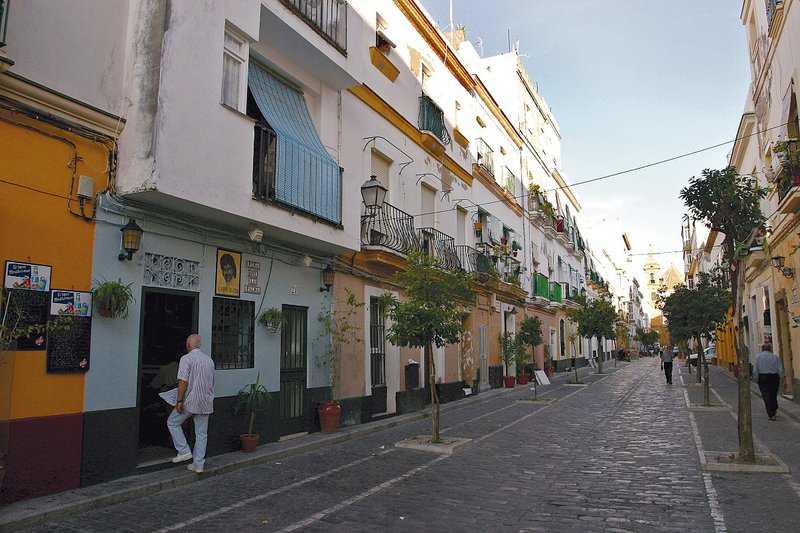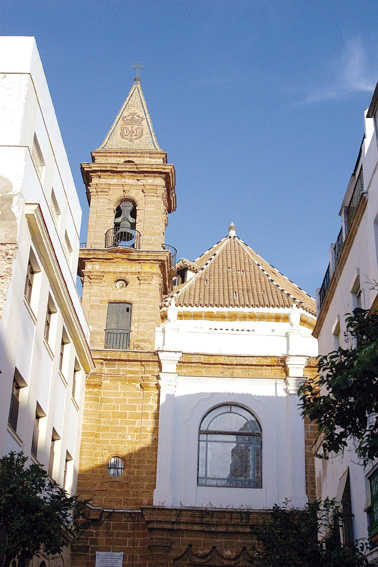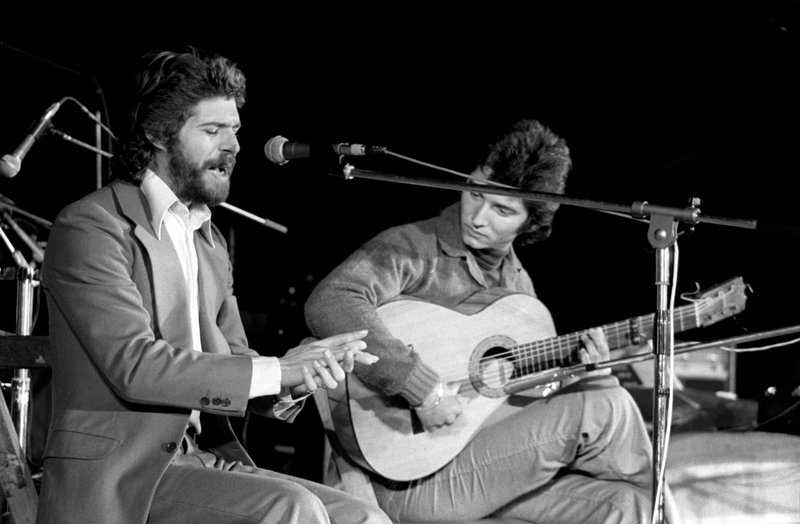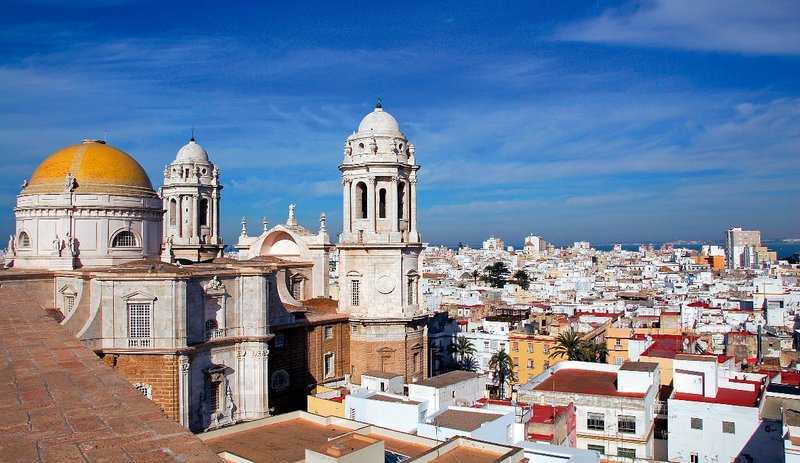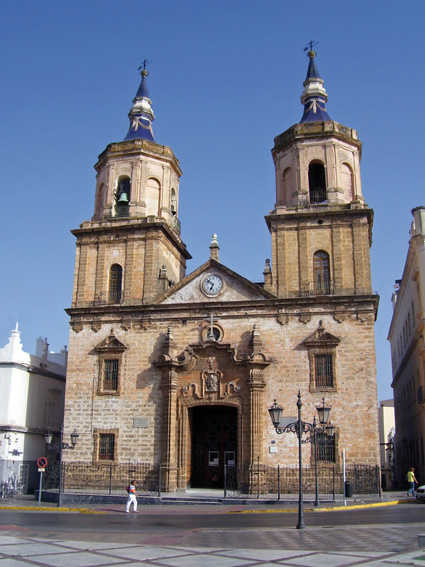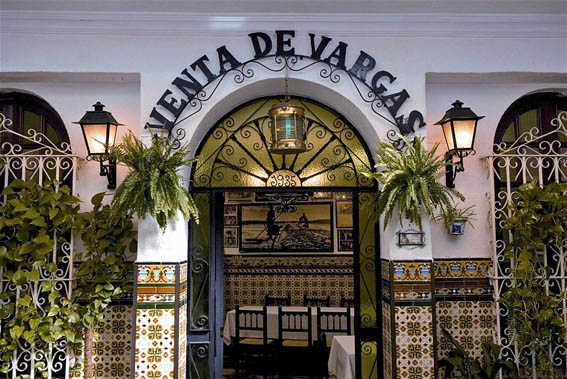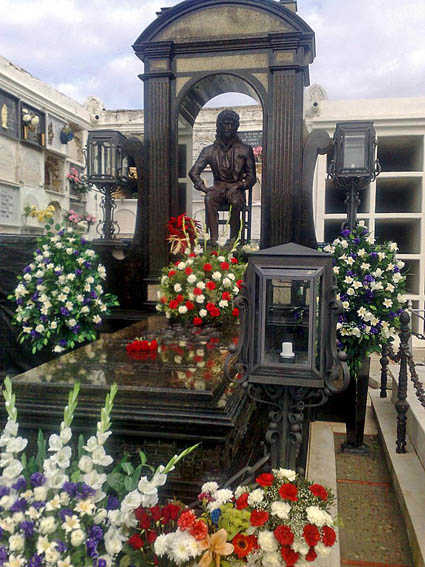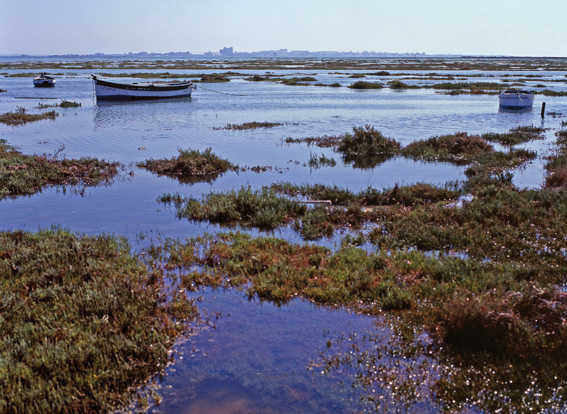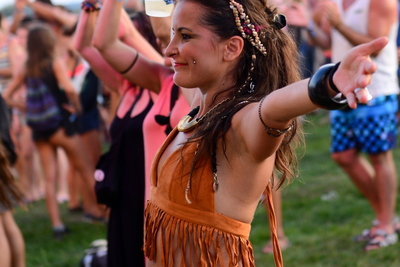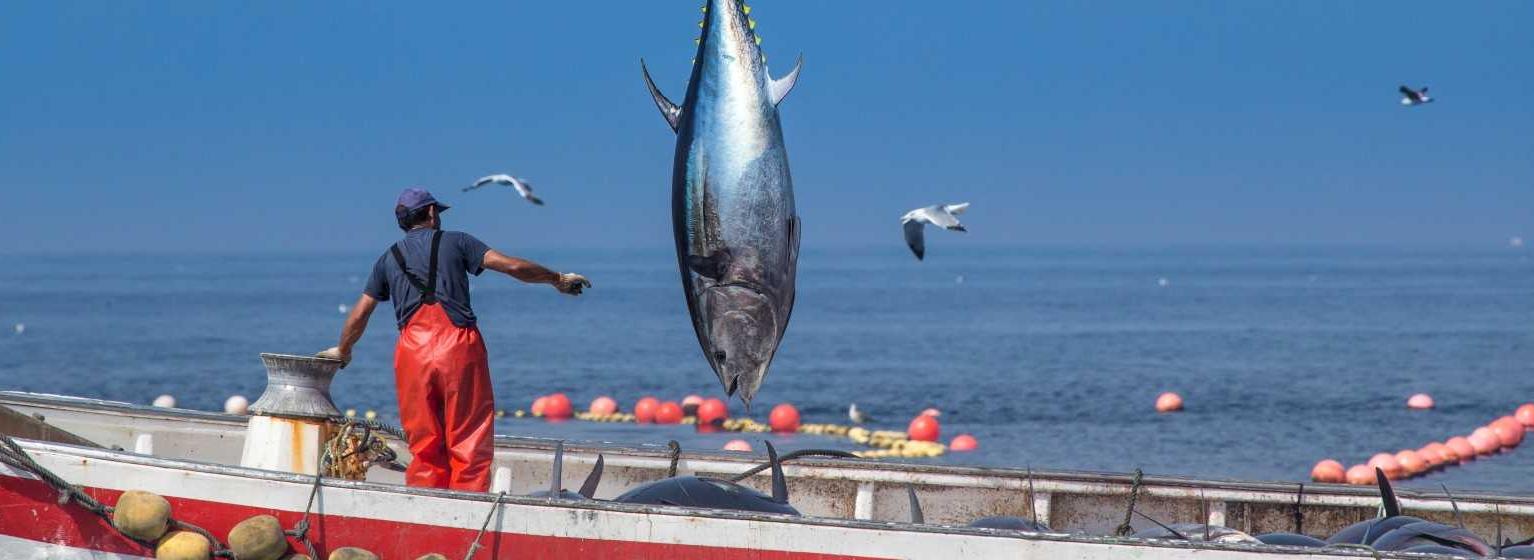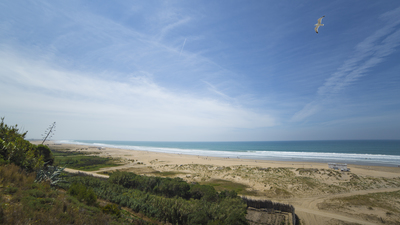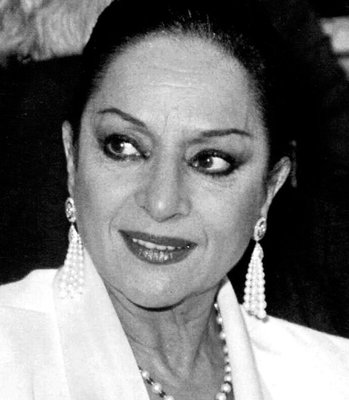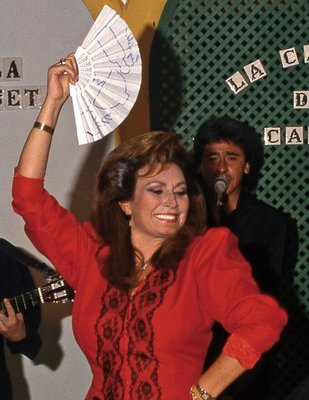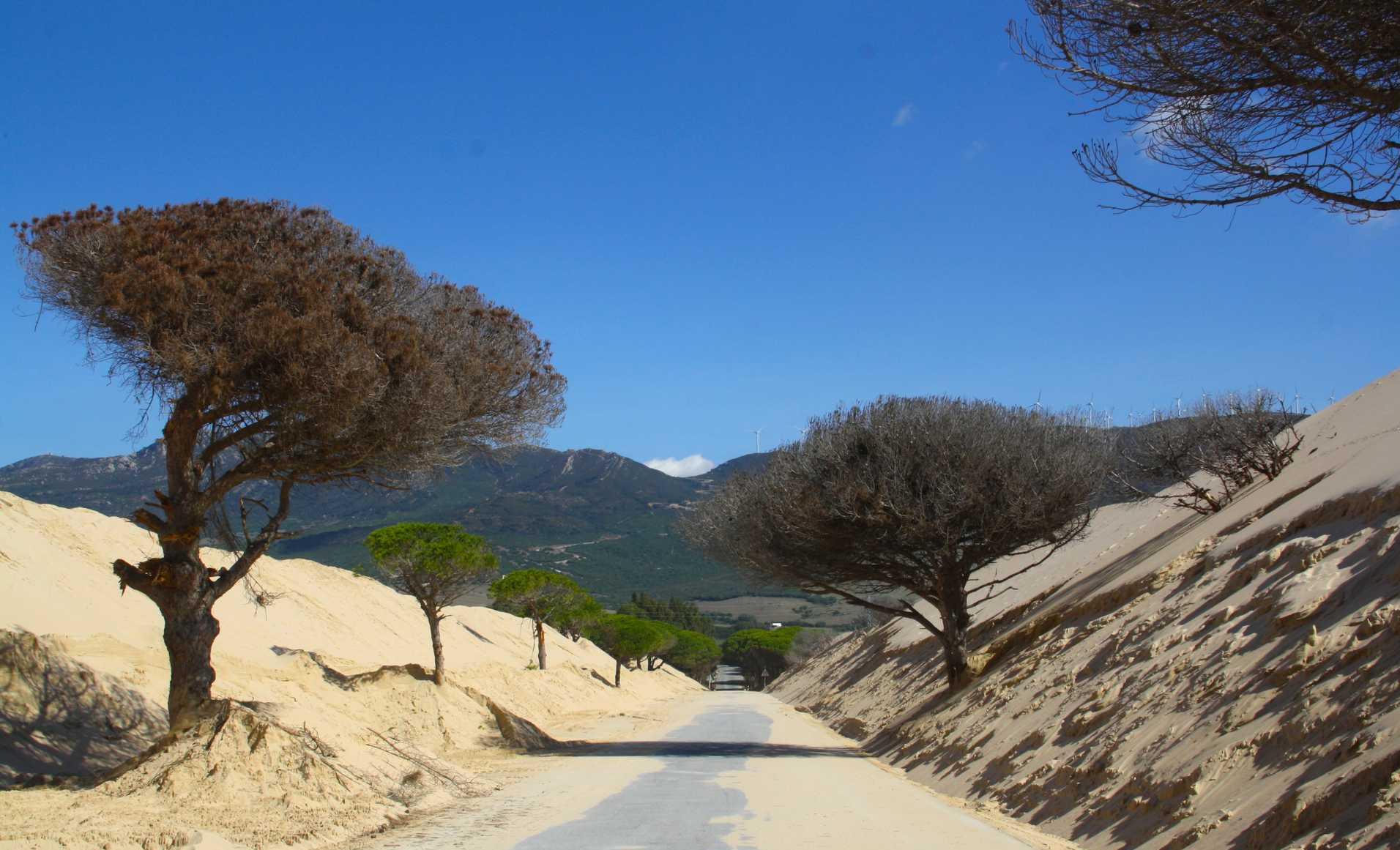The Route of Camarón de la Isla
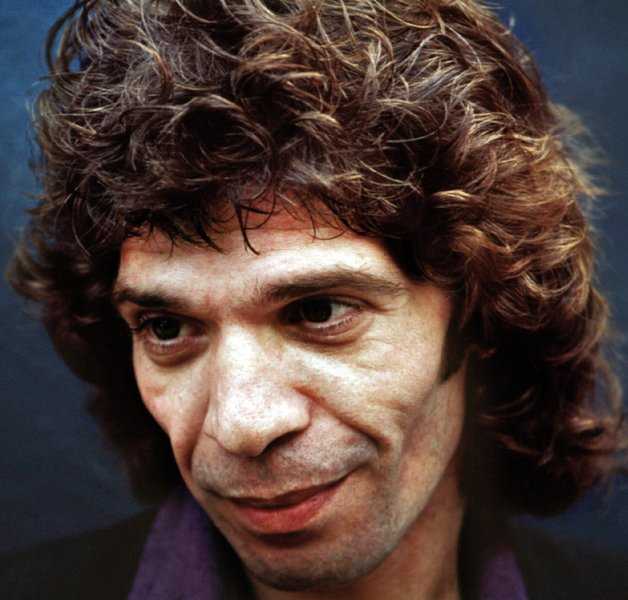
Camarón de la Isla, legendary singer songwriter, heterodox, with a unique jondura and voice. The great gypsy myth of flamenco
José Monge Cruz (San Fernando, Cadiz, 1950 - Santa Coloma de Gramanet, Barcelona, 1992)
Baptised as José, his uncle Joseico called him Camarón because he was blonde and thin, almost transparent. Fragile, reserved and timid, he took flamenco out of isolation and made it travel around the world. The painter Miquel Barceló, who painted the cover of his last album Potro de rabia y miel (1992), said that "not knowing Camarón is like not knowing Picasso.” And he added: "he could sing out the Lottery numbers and be sublime”. Today, his resting place at the San Fernando cemetery is a constant pilgrimage and always covered in flowers. He is the legend, The legend of time, with his dramatic song Nana del caballo grande, the solo quejío by Camarón.
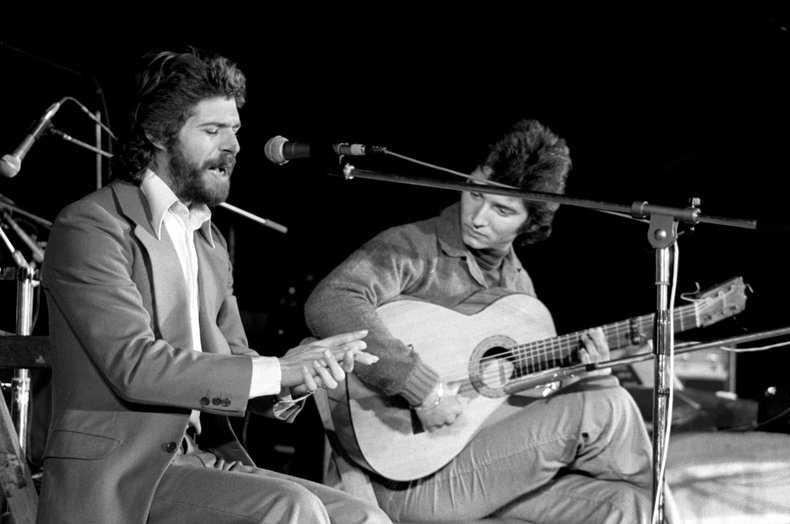
Freedom of the gypsies
"On the Island I was born, I was raised at the foot of a forge. My mother was called Juana, my father made gypsy spikes” (Camarón)
Born with the flavour of the salt mines and the smell of the marsh in the Las Callejuelas district of San Fernando, Camarón , always took his reference from the Bay, his grip on his rampant horse. He always returns and remembers the sound (the compass, said) of the blows to mould the iron of his father the blacksmith. Anvil, forge, fire spike sparks, and his father by seguiriyas. The young José fed the fire and went around villages selling the gypsy spikes. "In my house everyone has sung and danced, even though they're weren't artists”, remembered the young Camarón. When a flamenco family were in the village, they always had a place to stay at Jose's house. They were nights of singing and dance, with a child who learnt, as he would say, from the old people. He listened to everything "and some things stuck". Pain and anxiety for freedom of the gypsies.
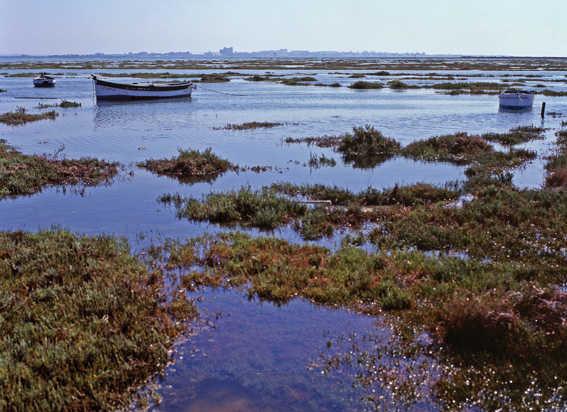
Cabbage in La Venta de Vargas
"Come with me on my boat/ and it will take you/ to go for a walk/ along the royal wall” (Camarón)
He was eight years old and he would walk to Venta de Vargas, the cenacle of flamenco in the Bay between the '40s and '60s and there he would sing seguiriyas that he had learnt from his father, the blacksmith's. But even back then he gave it a special touch, very characteristic. He would be rewarded with a few pesetas and a plate of cabbage, and with any luck, a bit of pringá stew. He left school when his father passed away and dedicated himself to singing and playing the guitar in the taverns in San Fernando, but especially in Venta de Vargas. And that's where the career of one of the most unique, unusual and amazing flamenco singers begins; the greatest gypsy legend of all time.
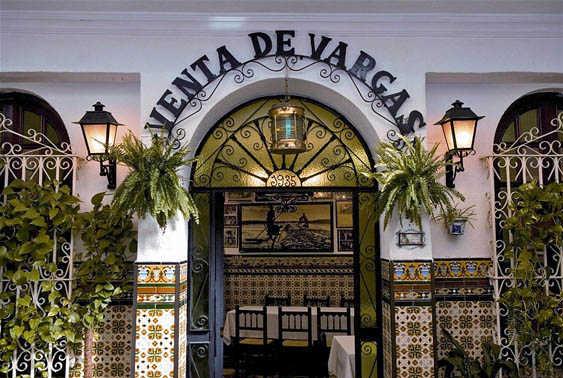
Transparent like a shrimp
"Until the sun sets/ I don't know what my Cai has” (Camarón)
Rubio, thin, transparent like a shrimp from the Bay. With Rancapino, his inseparable companion, he made his living on the trains of the Bay. Cadiz is his "Cai” and he starts singing about it in El Pópulo, in the barrio de la Viña. At just 12 years old he was able to stop passers-by in the Plaza de la Cathedral with his hoarse voice. His father would have wanted him to study, but that wasn't his thing. He was going to be a bullfighter, but ended up being a singer. According to Racanpino, it was only logical: "Camarón? A music box, a sweet organ full of flavour.” As agreed the master of the guitar Paco de Lucía when he met him in Madrid.
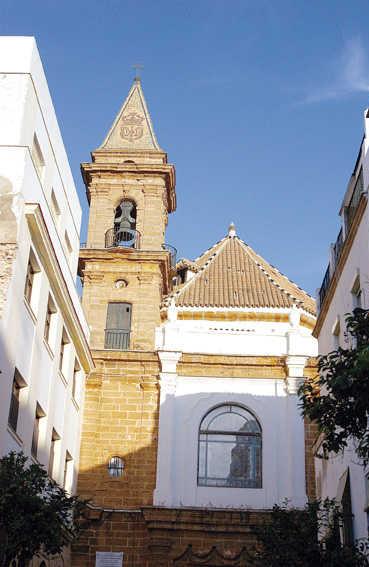
Fire in the blood
"Like clear water/ that runs from the mountain/ is how I want to see you/ day and night” (Camarón)
Camarón went to Madrid, but never abandoned the Island and Cadiz. There was a couple who revolutionised flamenco, Paco de Lucía on guitar and Camarón singing. His other partner was La Chispa, or The Spark, as he called his wife, Dolores Montoya, a gypsy like him, and they got married in La Línea de la Concepción. They married on a Wednesday and the party lasted four days, topped off with a visit to watch Curro Romero bullfight. Curro was magnificent. He never had roots in Madrid, even though at the start of his artistic life he had to win "hallares” in flamenco clubs and bars and give some concerts. He always returned to La Isla, Cadiz or to the Bay of Algeciras. "Between espantás and bolos, wounded and broken, he would hide out at home with La Chispa and their four children” (Miguel Mora, José Manuel Gamboa).
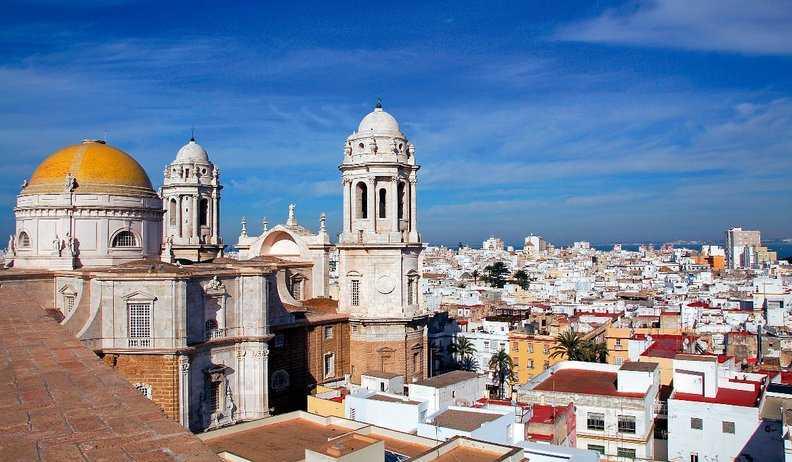
La Leyenda del Tiempo (The Legend of Time).
"If your eyes/ were green olives/ I would be/ grinding you all night” (Camarón)
Camarón's life falls apart. He sought refuge in his friend Tomatito , when the Leyenda del Tiempo, his most revolutionary album, turned against him. Some elderly gypsies returned it and he felt alone. With Tomatito and six or seven friends, palmeros, producers and secretaries, he shut himself away in his own world with flamenco parties, which resulted in Camarón's cante jondo. At his house in La Línea, on La Isla, in Algeciras and even on the Costa del Sol. From this Legend, his other legend was born, the one of the gypsy who wanted to be free "I don't want anyone to rule me", he said. And to help him, his other great friend, Curro Romero, the master, came to his rescue, and the painter Miquel Barceló remembered how they had amazing parties, "with brilliant nights, many beautiful times". Then, Camarón played the role of Camarón.
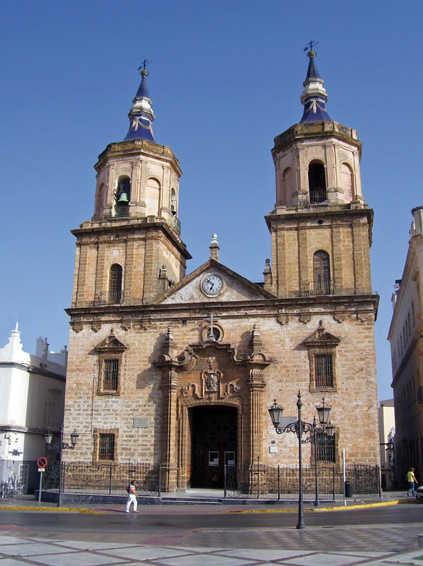
Potro de rabia y miel
"I will continue to live for as long as I can hear my soul” (Camarón)
This heart rendering quejío can be heard on his album Viviré (1984). He wanted to live "for as long as I can hear my soul” when he was trapped by a life that he didn't want, but one from which he could not escape. He wrote his life in his songs. Anvil, forge, fire, spike, nights without day, pool, chinas, sandwiches, rolling paper, acid and tobacco. Bohemian, without ties, free as his songs, poor since La Chispa barely had any money top pay for the funeral. It reaffirms his faith in Soy gitano (1989) and in his last album Potro de rabia y miel (1992) death takes over the listener's ears, with the eternal lament of the dramatic Nana del caballo grande. I would like to be buried in San Fernando, he said. And so it was. Like Muslims to the Mecca, Camarón fans, with a song and a flower, go to the tomb of José Monje, Camarón.
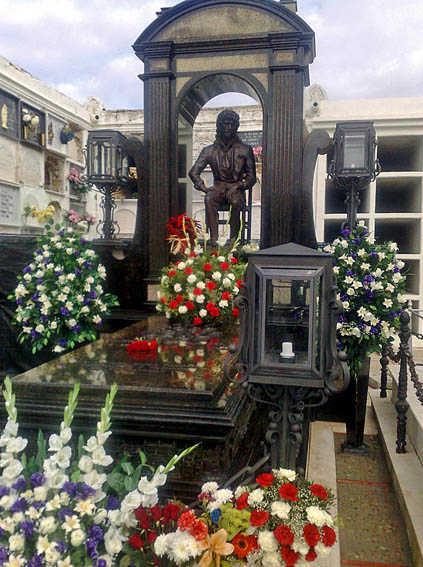
The secrets of Camarón
He had a life off stage, hidden, beside his family and friends, the elderly gypsies, his wife La Chispa and their four children. Legend walks. That's the Route of Camarón de la Isla.
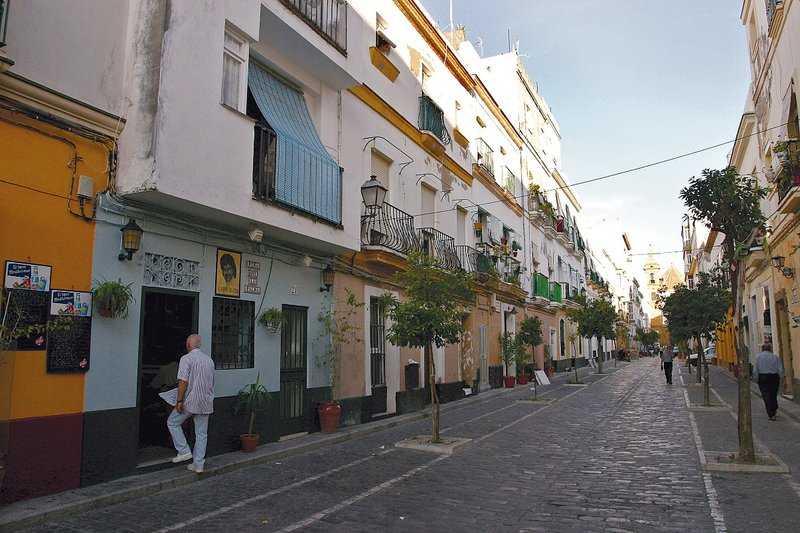
Walk 1: Calle del Carmen, 29 - Las Callejuelas Neighbourhood- Unique visits to the marshes and salt lakes- Fishing neighbourhood - Church of Carmen (font).
Walk 2: Forge on Calle Amargura - Blacksmith Museum - Isla de León - La Carraca - San Romualdo Castle - Sancti Petri Castle - Puente Suazo - Salt lakes and marshes.
Walk 3: Venta Vargas - Monument to Camarón - Iglesia Mayor de San Pedro and San Pablo (devotee of Nazarene) - Camarón's Tomb (municipal cemetery) - Camarón de la Isla Association (C/Manuel Arriaga).
Other recommended routes:
The Salt Route.
Route Isla de las Cortes.
The Navy San Fernando and Route.
Cooking church. The fried mojarrita
What Camarón liked the most was fried mojarrita, and chickpea stew with cabbage and its pringá. They do it perfectly in Venta Vargas. And the shrimp tortillas and the bienmesabe (marinated dogfish). But if there's one thing that will make your mouth water are the estuary fish (salt lakes), especially the sole. Not forgetting the shellfish with a cold Fino and, when in season, sea urchins and the classics oysters (carnival).

